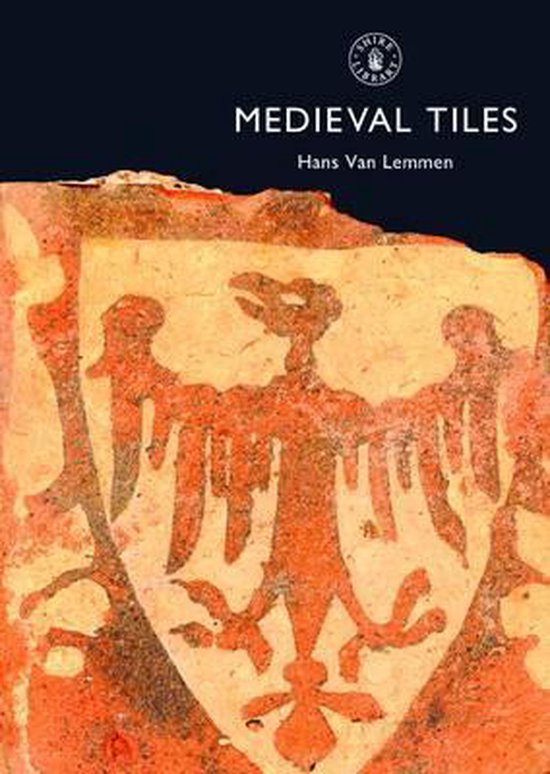
Medieval Tiles
During the Middle Ages decorative floor tiles were used in abbey churches, royal palaces, parish churches and the homes of wealthy citizens. Tiles were durable and hygienic and added a new decorative element to the interior. Despite their simple tools and kiln equipment, the medieval tile makers proved extremely skilful in the production of different types of tile. They ranged from variously shaped plain tiles, which were assembled into complex mosaic floors, to two-coloured inlaid tiles, and stamped-relief and line-impressed tiles, all decorated with a wealth of different patterns and designs. Many medieval tiles disappeared during nineteenth-century restorations but the designs lived on in the copies made by Victorian tile manufacturers. Throughout Britain, tiles can still be seen 'in situ' on the sites of former abbeys as well as in medieval cathedrals and parish churches, and the British Museum has an extensive and important collection.
| Auteur | | Hans Van Lemmen |
| Taal | | Engels |
| Type | | Paperback |
| Categorie | | Kunst & Fotografie |


